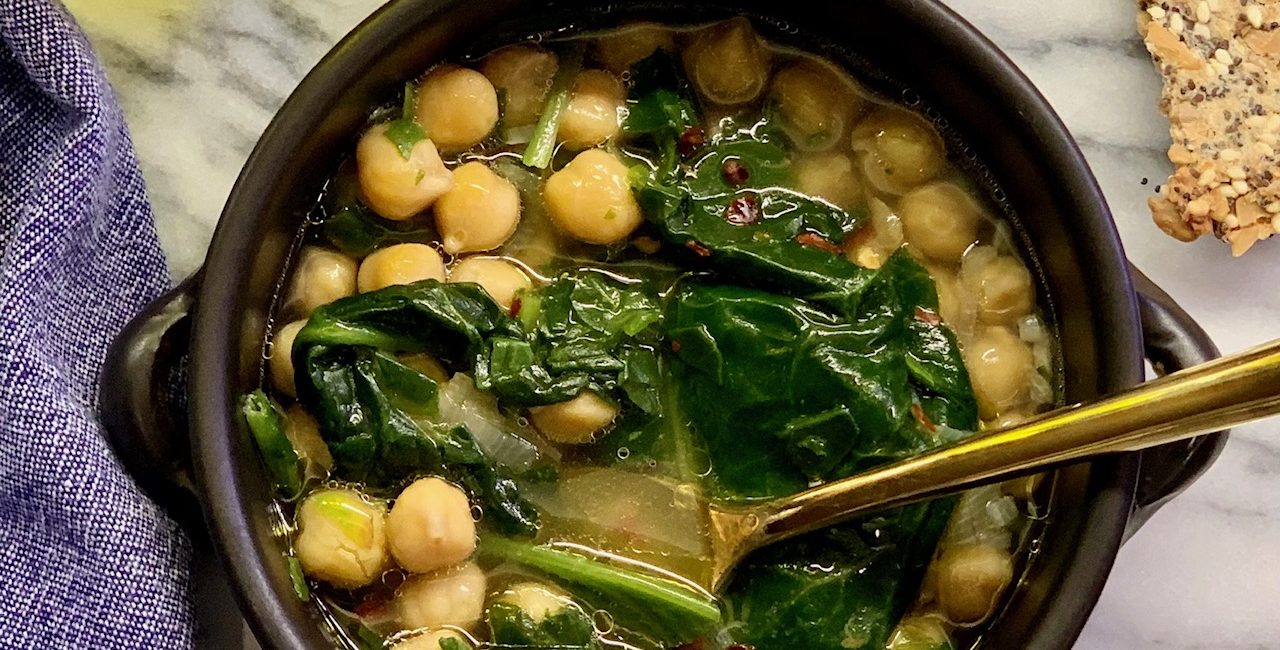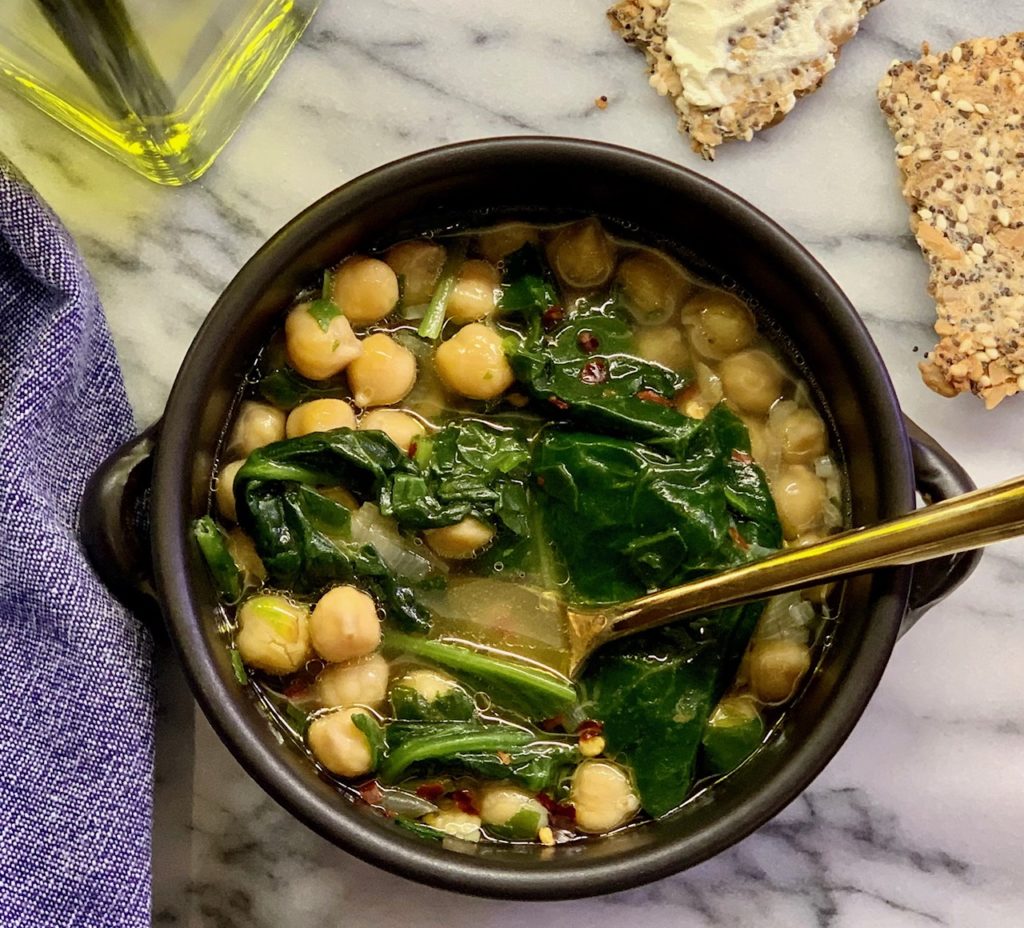Beans and Greens


A new year, a new page. We have baked, sifted, roasted and toasted our way through all the holidays and here we are at the beginning again. I am starting the year on a grateful note. The past two years have brought many changes. Among them, a heightened awareness of where our food comes from: the people that grow it, pick it, move it, store it and sell it. It takes a lot of effort to put the food on our plates and we appreciate that on a greater level than ever before. Along with many of you, I have pretty much been in my kitchen non-stop for the past 2 years. Together, we have cooked many meals and washed even more dishes. We have ordered meals out, and when we do, even something as simple as the Burgerville drive-thru is special again. I have marveled at how perfectly some restaurants have nailed the whole to-go experience. From the careful packaging, to the well-prepared entrées, they are paying attention to detail, and they are doing it deliciously. And then, there’s the sharing. Whether you have cooked for someone else, or someone cooks for you, anything made at home and shared has taken on a special sweetness. The food just tastes better. We savor it more and enjoy it. Those deliveries are precious and mean more than ever right now. Keep ‘em coming.
We will cook our way through this, come what may, because no matter what, people are hungry and they need to eat. You may not be able to change anything else that’s going on in the world, but what you can do is make sustenance. It’s the super glue that holds everything together, an expression of the deep love you have for your family, and the gratitude for having food on your table. And for that, I applaud you.
January 6th is National Bean Day and if you don’t know beans, you should. Beans are good sources of protein and excellent sources of fiber. They contain 21 to 25% protein by weight, which is much higher than other sources of vegetable protein. They are fat-free, sodium-free and cholesterol-free, rich in complex carbohydrates, have a low glycemic index, and are a good source of potassium and iron. Beans are among the ten brain-healthy foods in the MIND (Mediterranean-DASH Intervention for Neurodegenerative Delay) diet. To save money, cook with dry beans. For convenience, use canned. Or, for the cost savings of dry beans and the ready-to-use convenience of a can, cook larger batches of dry beans and freeze them. If you’re watching your sodium, dry beans are the no sodium winner, but you can also drain and rinse canned beans to remove about 40 percent of the sodium.
Beans and Greens are the perfect winter meal. True simplicity, a humble, plain pot of beans can be elevated considerably with the addition of something green. It takes little to no effort. Just add beans to a pot and let them simmer away, warming up your kitchen, while you carry on with other things. Finish with a small drizzle of olive oil at the end. It adds richness and perfumes the hot soup with a subtle peppery, fruity nuance. Ready to try?
You can use any white or ivory bean in this recipe, or try other greens like escarole, romaine, mustard or turnip greens, kale or collards, spinach, bok choy, arugula, watercress or cabbage. Add the greens after the beans are almost done so that your beans are creamy and your greens stay silky and don’t disintegrate. If you are hurried, use canned beans. Nothing fresh in your crisper? Turn to frozen. Keeping bags of chopped kale, spinach, or other frozen greens on hand means you’re always ready to add an easy boost of nutrition. Sprinkled into soups, stews, or casseroles, there’s no rinsing, inspecting or chopping required.
Start by sorting your beans, a cup at a time, on your countertop. Holding a colander just below the counter’s edge, push beans into colander, discarding any that are shriveled or broken, as well as any stones or debris. I love the zen-like rhythm of this task, but if you have kids at home, this is a perfect job for little hands. After sorting, rinse under cold, running water. To soak or not to soak, that is up to you. Personally, I am team soak, although I will admit to never being able to execute this on the advised overnight timeline. If you are like me, quick-soak in your Instant Pot.
So on to 2022. Let’s get cooking!
How to Soak and Cook Beans
soak
countertop – cover with 3 inches of water in a large bowl and let sit for at least 8 hours or overnight. Drain.
quick-soak
Instant Pot – cover 1 cup of dried beans with 3 cups of water and pressure cook for 2 minutes. Let pressure release naturally for 10 minutes, then vent to release pressure. Drain and lightly rinse beans.
Stove top – cover dried beans with triple their volume of cold water. Bring to a boil and cook, uncovered, over moderate heat for 2 minutes. Remove from heat and soak beans 1 hour. Drain and lightly rinse.
cooking soaked beans
Instant Pot – Cover 1 pound of beans with 6 cups of water. Secure lid and select “Manual” or “Pressure Cook” to cook at high pressure for 12 minutes. Let pressure release naturally for 10 minutes, then vent to release remaining pressure.
Stovetop – place beans in a large pot. Cover with water and bring to a boil. Reduce heat, cover and simmer until beans are tender but firm, about 45 minutes to 2 hours.
cooking non-soaked beans
Instant Pot – Cover dry beans with 6 cups of water. Secure lid and select “Manual” or “Pressure Cook” to cook at high pressure for 50 minutes. Let pressure release naturally for 10 minutes, then vent to release remaining pressure.
Stovetop – rinse beans and place in a large pot. Add water to cover by 2 to 3 inches. Bring to a boil, then reduce heat and cover. Simmer until beans are tender but firm, about 2 hours.
Beans and Greens
- 8 ounces dried white beans or chickpeas, washed, picked over, and soaked
- 1 medium onion, unpeeled
- 1 bay leaf
- 1 clove
- salt and freshly ground black pepper
- 1 bunch (about 1 1/2 pounds) broccoli raab or other greens, with no stems over 1/4-inch thick, well washed and thoroughly chopped
- 1 Tablespoon minced garlic, or more to taste
- 2 Tablespoons extra virgin olive oil
- 1/2 cup freshly grated Parmesan cheese, nutritional yeast, or bread crumbs for garnish
Put beans in a large pot with water to cover and bring to a boil over high heat. Cut a slit in the onion and insert the bay leaf and clove; put onion in the pot. Adjust heat so that mixture bubbles gently, then cover partially and continue to cook, stirring occasionally.
When beans begin to soften (about 30 minutes to an hour), sprinkle with salt and pepper. Continue to cook and stir, adding water if necessary, until beans are tender but still intact. Add greens and cook until tender, another 10 to 30 minutes, depending on the thickness of the stems. Add more water if needed.
Remove onion, then taste and adjust seasoning. About 3 minutes before serving, add garlic and olive oil and stir. Spoon beans and greens into individual bowls and garnish with cheese and/or nutritional yeast and bread crumbs. Serve immediately.
– recipe by Mark Bittman
